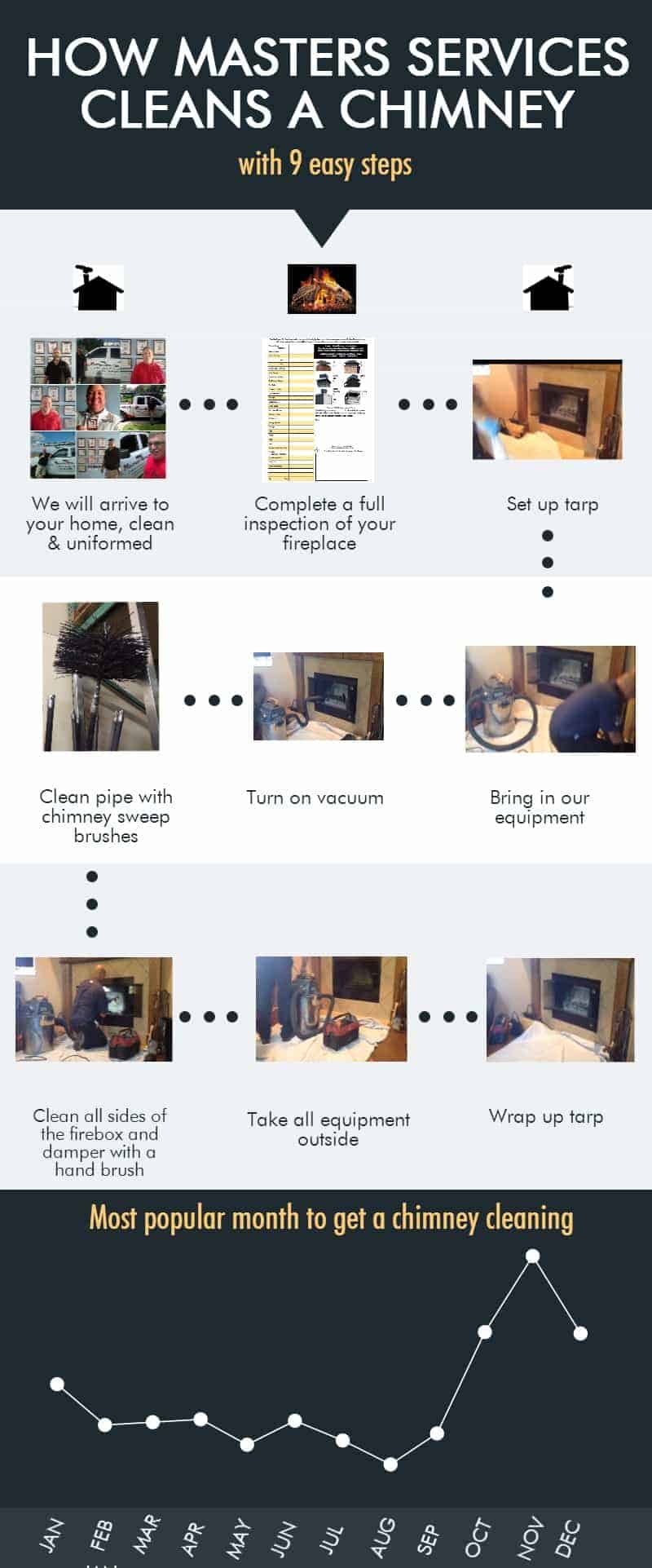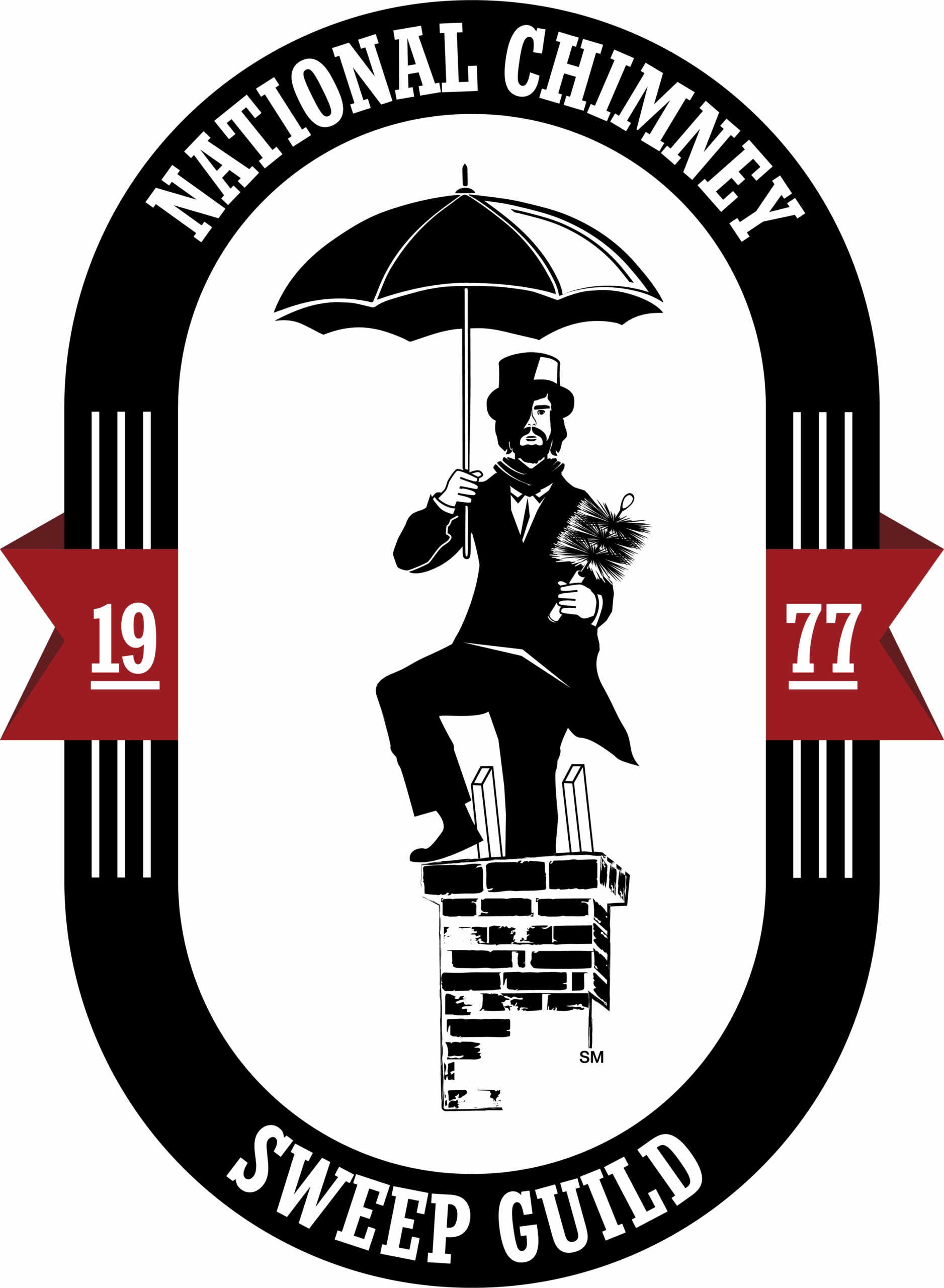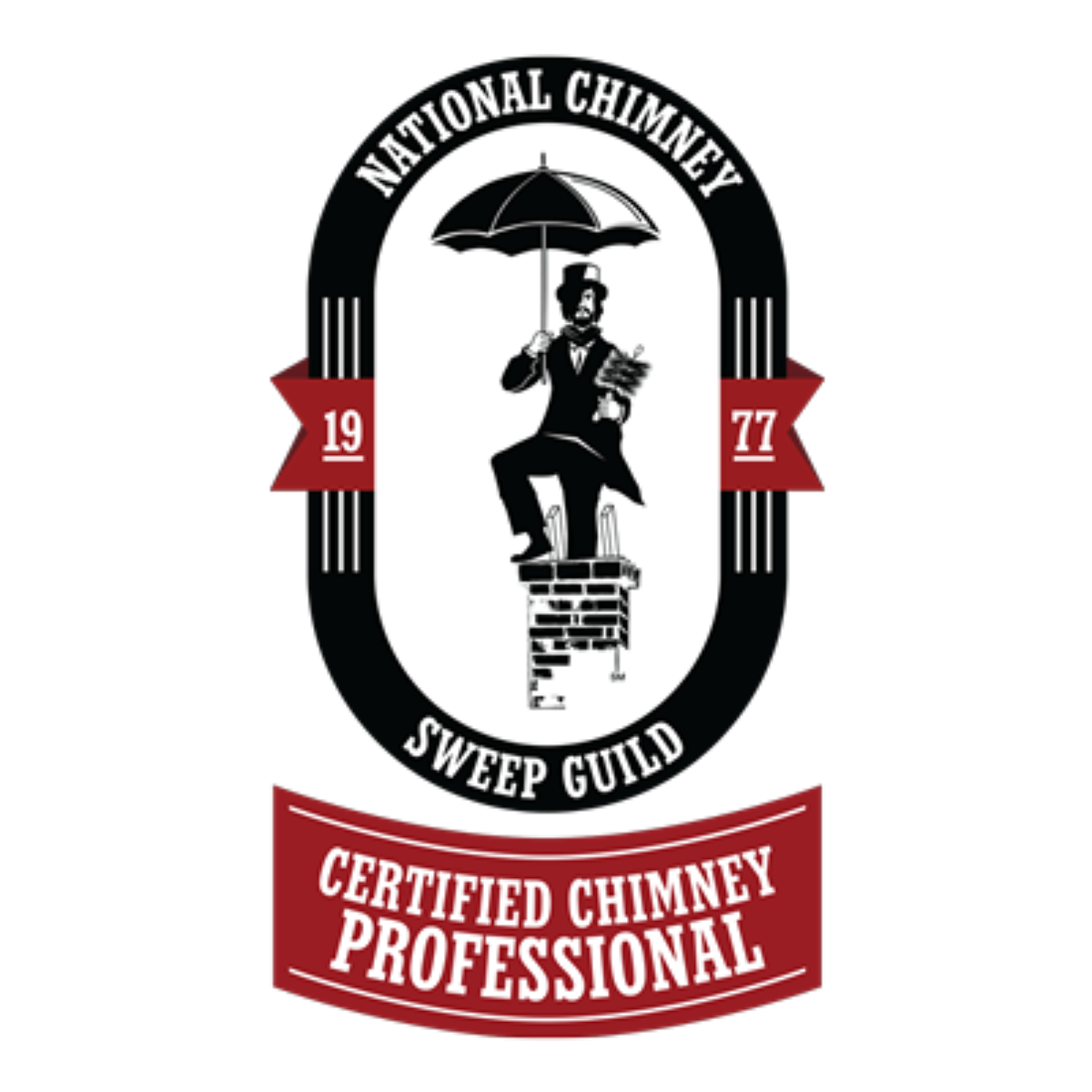Our family-owned and operated business has been serving the greater Dallas - Fort Worth area for over 25 years.
Call us today or fill out the form and we will call you to get started!
Schedule Services with the Chimney Pros
We Fix Chimneys!
Chimney Sweep in Grand Prairie, TX 75050
Chimney Cleaning 101: Everything You Need to Know About Chimney and Fireplaces for your Home or Business in Grand Prairie, TX
If you have a chimney or fireplace in your home or business in Grand Prairie, TX, or are considering installing one, there is much you need to know. An improperly maintained chimney or fireplace can be extremely dangerous to those who live or work on your property. If you are unfamiliar with the ventilation system in your building and don’t know the first thing about how to clean a chimney, consider contacting a professional chimney sweep in Grand Prairie, TX, or the greater Dallas County area, such as the staff at Masters Services. However, you should still learn as much as you can to protect yourself as well as your family or employees. Here is some essential information that everyone with a fireplace or chimney should know.
Chimney and Fireplace Vocabulary
To start, you should be familiar with the components of a fireplace and the connecting chimney. Firstly, the box-like chamber where the fire sits is called the hearth. The hearth is constructed differently depending on if the fireplace is a traditional wood-burning fireplace, or a gas or electric one. The hearth should be lined with panels designed to direct heat back into the room and prevent any fire from escaping to another part of the building. Most fireplaces have glass doors to prevent sparks from flying out as well. Connecting the hearth to the chimney is the smoke chamber, which can be closed off by the fireplace damper. The smoke chamber is intended to direct smoke up into the chimney flue, while the damper is a small door that can close off the smoke chamber from the fireplace. The damper opens to allow smoke and ash to exit the fireplace and closes to prevent cold air from coming into the building through the chimney when the fireplace is not in use. The chimney flue is the tube-like space through which smoke travels to exit the building. The flue, like the hearth, is lined with panels that protect the rest of the property from dangerous fires. Finally, the chimney cap is a cover placed over the chimney on the outside of the building to prevent wind, rain, leaves, and wildlife from entering the flue.
How Chimneys and Fireplaces are Cleaned
Cleaning out the fireplace hearth and chimney flue is a complicated and messy process, which is why you should consider contacting a professional if you have a fireplace at your Dallas County property for chimney cleaning services. To clean out a fireplace and chimney, first you need to remove the logs and the grate (the metal frame upon which the logs sit). This is so you can sweep out ash and other debris from the floor of the hearth. Next you will need to scrub the floor and lining of the hearth with a thistle brush and a cleaning solution. You can either buy a solution at a home improvement store or make your own. You will also need the solution to clean the lining of the smoke chamber and the chimney flue. You can clean out the chimney flue using a flue brush. Finally, it is necessary to occasionally go up to the roof of the building and clean off the chimney cap and other exterior portions of the chimney. This is a lengthy process and if you are not 100% confident you are capable, you should invest in professional chimney cleaning.
Safety Concerns

The most important thing when it comes to fireplace and chimney maintenance is safety, both yours and that of the people around you. An inefficient or dirty fireplace can cause dangerous chimney fires that can spread to the rest of your home. Cracked panels in the lining will not be able to properly confine the heat of the fire to the chimney flue itself. Other broken or missing pieces of the fireplace can lead to the same results. An uncleaned flue can be dangerous as well; over time, ash and soot will build up inside the chimney and form a highly combustible substance called creosote. Furthermore, there are several safety concerns you should be aware of while cleaning your chimney or fireplace. You should wear gloves, goggles, and a mask to protect your eyes from ash and debris and prevent yourself from inhaling these substances. If you are cleaning the chimney cap, you need to be careful walking across the roof of the building. These safety concerns are another reason to consider hiring a Dallas County professional – the experience and expertise of the chimney sweeps at Masters Services will protect all those involved.
Installations and Replacements
Some chimney sweeps and businesses that offer chimney cleaning will also offer installation and replacement services for the entire fireplace and chimney or individual components. If you don’t have a fireplace in your home but are interested in one, it will be good to talk to someone who can manage an installation and help you learn about fireplace maintenance. You will need to learn about replacements that need to happen regularly; for example, if there are cracks in the lining of your hearth big enough for you to fit a dime, it is time for the lining to be replaced. Look for a professional who can replace individual components of a fireplace, such as the panels, doors, damper, flue lining, or chimney cap.
Certifications
If you have decided to hire a professional or are even considering becoming a certified chimney sweep yourself, you should know about the different certifications and qualifications that are out there. If you are looking at a company or business, you should look for approvals from Better Business Bureau® and Home Advisor. Both organizations promote consumer trust by pre-screening and certifying business so potential clients know who they can trust. Individuals can carry certifications as well as businesses, such as the Master Chimney Sweep Professional Certification. If you want to know more about a businesses or professional’s certifications or qualifications, don’t hesitate to ask!
If you have decided to contact a professional for chimney cleaning services in Grand Prairie, TX, consider calling Masters Services at 972-877-4650. We are a local business staffed with knowledgeable professionals who also put our clients’ safety first!
Some information about Grand Prairie, TX
Grand Prairie is a city in Dallas County, Tarrant County, and Ellis County, Texas, in the United States. It is part of the Mid-Cities region in the Dallas–Fort Worth metroplex. It has a population of 175,396 according to the 2010 census, making it the fifteenth most populous city in the state.
The city of Grand Prairie was first established as Dechman by Alexander McRae Dechman in 1863. He based the name of the town on Big Prairie, Ohio. Prior to then, he resided in Young County near Fort Belknap. The 1860 U.S. Federal Census – Slave Schedules shows an A McR Dechman as having 4 slaves, ages 50, 25, 37 and 10. Dechman learned that he could trade his oxen and wagons for land in Dallas County. In 1863, Dechman bought 239.5 acres (96.9 ha) of land on the eastern side of the Trinity River and 100 acres (40 ha) of timber land on the west side of the river for a broken-down wagon, oxen team and US$200 in Confederate money. He tried to establish a home on the property, but ran into difficulties, so he returned to his family in Birdville before joining in the Civil War. In 1867 he filed a town plat with Dallas County, consisting of 50 acres (20 ha).
After the war, he returned to Birdville for two years before selling that farm in 1867 and moving to Houston, where yellow fever broke out, causing the family to settle in Bryan. In 1876, Dechman traded half his ‘prairie’ property to the T&P Railroad to ensure the railroad came through the town. The railroad named the depot ‘Dechman’, prompting its namesake to relocate his home from Bryan to Dechman. His son Alexander had been living in Dechman and operating a trading post and farm. The first church in the area was the Good Hope Cumberland Sabbath School, established in 1870 by Rev. Andrew Hayter. The church was later renamed West Fork United Presbyterian Church and remains an active church.
The first U.S. post office opened in 1877 under the name ‘Deckman’ rather than ‘Dechman’, because the U.S. Postal Service couldn’t read the writing on the form completed to open the post office. Later that same year, after the Postal Service had adopted the ‘Deckman’ name, confusion resulted from the T&P Railroad designation ‘Grand Prairie’. This name was based on maps drawn from around 1850 through 1858 that labeled the area between Dallas and Fort Worth ‘the grand prairie of Texas’. In order to alleviate the confusion, the Postal Service named the post office ‘Grand Prairie’.
Learn more about Grand Prairie.
Useful links for Grand Prairie, TX
Directions from Grand Prairie, TX to Masters Services
Here are some masonry-related links:










